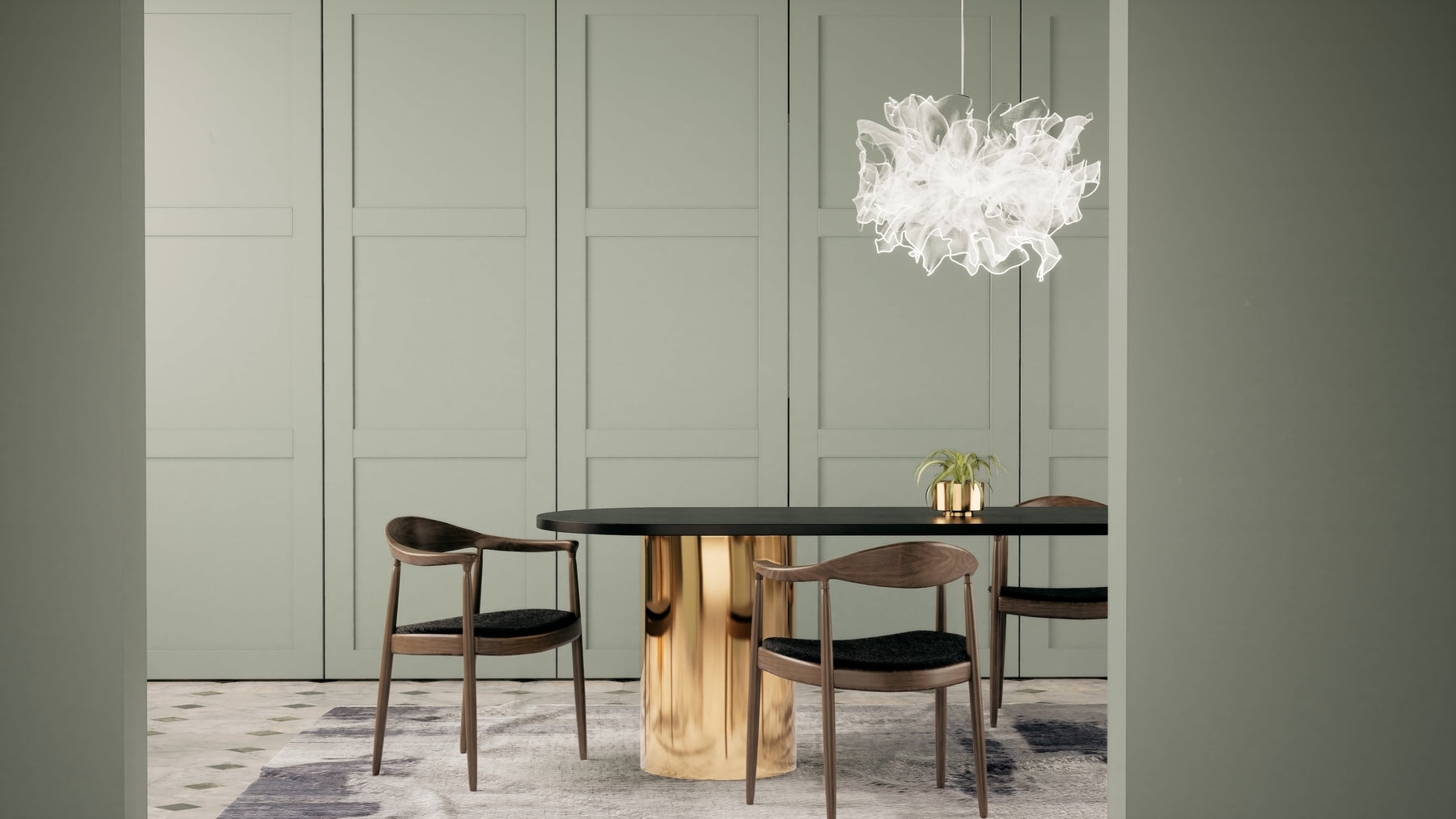
Transforming Furniture: The Impact of Hardware, Shapes, and Finishes
When it comes to furniture design, the aesthetic appeal is often shaped by three key elements: hardware, shapes, and finishes. Each of these components plays a crucial role in defining the overall look and feel of a piece, transforming it from ordinary to extraordinary. Let’s delve into how these elements interact to create unique furniture styles.
1. The Role of Hardware
Types of Hardware
Hardware includes everything from knobs and handles to hinges and legs. The choice of hardware can dramatically alter the perception of furniture. For instance:
Knobs and Pulls: Sleek, minimalist knobs can give a modern look, while ornate, vintage pulls can evoke a sense of nostalgia and charm.
Legs and Feet: Tapered legs can lend a mid-century modern feel, while chunky, industrial-style legs can add a robust, contemporary touch.

Finishes and Materials
The finish of the hardware also matters. Polished brass can create a luxurious vibe, while matte black can offer a sleek, modern aesthetic. Choosing the right hardware can enhance the style of the furniture, making it a focal point in the room.
2. The Influence of Shapes
Geometric vs. Organic Shapes
The shape of furniture is fundamental to its design. Geometric shapes tend to convey a sense of order and modernity, while organic shapes can evoke a more relaxed and natural feel.
Geometric Shapes: Square tables and rectangular sofas often suggest a contemporary style, perfect for minimalist or industrial interiors.
Organic Shapes: Round tables and curvy chairs can soften a space, making it feel more inviting and comfortable.

Scale and Proportion
The scale of furniture pieces also affects how they fit into a space. Oversized furniture can create a bold statement, while smaller, more delicate pieces can make a room feel airy and spacious. Balancing shapes and sizes is essential for achieving harmony in design.
3. The Impact of Finishes
Color and Texture
The finish on furniture can dramatically change its appearance and the mood of a room. For example:
Glossy Finishes: High-gloss finishes reflect light and can make a space feel more vibrant and energetic.
Matte Finishes: These tend to absorb light, creating a more subdued and sophisticated atmosphere.
Material Choices
The material used for finishes also plays a significant role. Natural wood finishes can bring warmth and texture, while metal or glass finishes can introduce a sleek, modern edge. The interplay of different materials can create a layered look that adds depth to furniture design.

4. Creating a Cohesive Look
When designing a space, it’s essential to consider how hardware, shapes, and finishes work together. A cohesive look can be achieved by:
Harmonizing Styles: Ensure that the hardware complements the furniture style. For instance, pairing rustic wood with wrought iron hardware can enhance a farmhouse aesthetic.
Balancing Elements: Mix different shapes and finishes thoughtfully to create visual interest without overwhelming the space. A round table with angular chairs can create a dynamic yet balanced arrangement.
In the world of furniture design, hardware, shapes, and finishes are not just functional elements; they are powerful tools that can transform the aesthetic of a space. By thoughtfully selecting and combining these components, you can create furniture that not only serves a purpose but also reflects your personal style and enhances your home’s atmosphere. Whether you’re aiming for a modern, minimalist look or a cozy, vintage feel, understanding the impact of these design elements is key to achieving your vision.

Laurie Orsino
JSL Hardware In-House Designer
